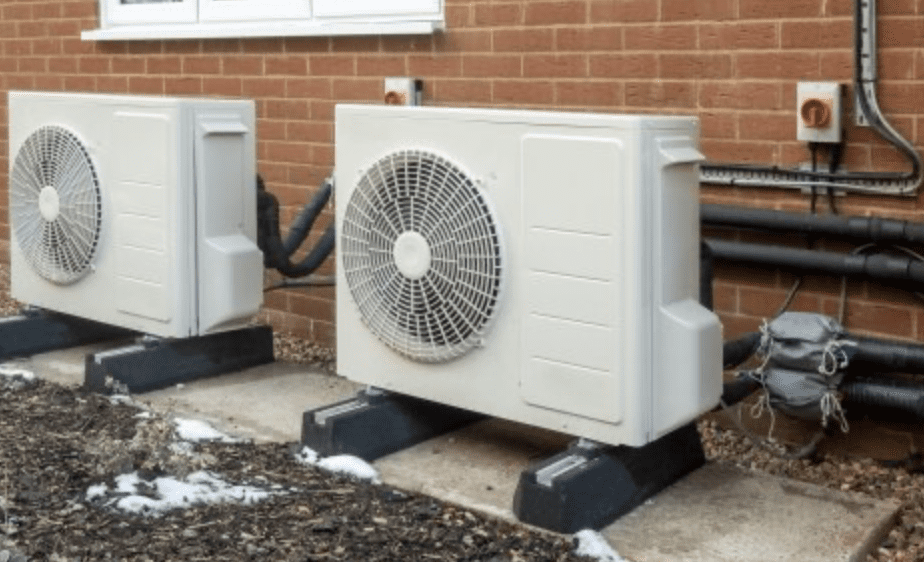The Need for Consumer Engagement in the Transition to Clean Energy
To state it simply, current decarbonization goals cannot happen without deeper engagement between utilities and their customers, and utilities are not yet truly harnessing the potential that their customers bring.
In order to begin to realize this wholesale shift from customers as “load” to customers as “resource,” utilities must facilitate customer participation in energy-saving initiatives and demand-side flexibility programs. But without the right foundation of communication and connection in place, utilities will struggle to catalyze mass market adoption (and the benefits) of these programs.
COMMENTARY
Virtual power plants (VPPs) are aggregations of distributed energy resources (DERs) such as rooftop solar panels, electric vehicles (EVs) and their chargers, and electric water heaters, making their potential available to create flexible loads for the grid. VPPs facilitate decarbonization by allowing utilities to better manage the integration of renewable energy sources. They also reduce the need for peaker plants, which are huge producers of CO2, by using advanced forecasting and optimization algorithms to respond quickly to changes in energy demand and adjust the output of DERs accordingly.
The Department of Energy recently released a report detailing how deploying an additional 80 to 160 GW of VPPs by 2030 can expand the U.S. grid’s capacity to support rapid electrification while saving over $10 billion in grid upgrade costs per year. Many homeowners want to purchase these items to benefit their home and the planet but struggle to understand how to navigate the process, as well as the financial benefits of these purchases—like what equipment qualifies for a rebate or a tax credit.

Every device that is not enrolled into an energy program at the point of purchase is a device that’s unlikely to ever get enrolled. For utilities to maximize their opportunity with customers—as well as the impact of grid-connected assets in service of the grid—there are three key strategies that can help: stronger engagements through digital and human insights; seamless enrollments through frictionless, connected digital experiences; and grid-scale load flexibility through customer-centric orchestration of supply and demand.
Creating Stronger Engagements
Unfortunately, many customers become stuck in their clean energy journey after just the first step. For example, more and more people are purchasing heat pumps (Figure 1), which have greater efficiency and lower carbon emissions compared to gas furnace alternatives, but also have the potential to increase peak load for electric utilities. This increased electrification, if not balanced by programs like demand response, can actually exacerbate the strain on the grid, increasing need for energy during especially hot or cold windows.
Uplight’s annual Voice of the Energy Customer Survey found that despite the expansion of utility communication channels, most customers today primarily engage with their utility through their bill (77%) or their online account portal (71%). This data shows that most customers are not proactively contacting their utility for recommendations, advice, or to seek out point of sale rebates on the utility marketplace—creating a substantial opportunity for energy providers to proactively engage customers, drive adoption of energy-saving household devices, and build stronger customer relationships.

To overcome this obstacle, utilities can leverage both digital and human insights to foster stronger customer engagement. Outreach should include consistent, personalized messaging, customized savings opportunities, and simple, intuitive calls-to-action across all channels utilities use to interact with their customers. In addition to what is said, where these messages reach consumers is critical. It’s important to meet customers where they are—including online portals, alerts and mid-cycle updates, emails, apps, and online energy assessments. These channels provide an opportunity to get in front of customers to promote and provide purchase options for clean technologies, like electric water heaters and EV chargers, and offer incentives for customers who purchase them. Utilities have an opportunity to help customers overcome hurdles in participation in utility programs, like demand response events and time of use (TOU) rates, by raising awareness of these programs, identifying clear actions, and simplifying the process of enrolling and participating.
For example, TOU rates, where prices move at set times and amounts through the day, are popular programs employed by utilities to enable both behavioral energy efficiency and device-enabled load shifting. Getting a customer onto a TOU rate is only the first step. A successful program also builds awareness around rate programs, inspires confidence that customers can save on a new rate, and motivates customers to take action beyond enrollment through onboarding and ongoing coaching. Proactive engagement with customers who have already made purchases is critical to helping them connect the dots between their new technology optimizing their energy use, all with the aid of their utility. Not only does this type of communication position energy providers as customer-centric experts, but it also opens the door to further engagement.
Offering Seamless Enrollments
Energy is becoming increasingly important in people’s lives as more everyday items (like stoves and cars) become electrified. According to the Air-Conditioning, Heating, & Refrigeration Institute, heat pump shipments outpaced gas furnaces in the U.S. for the second year in a row. This evidence of rising electrification points to the increasing importance of utility involvement.
Want to learn more about virtual power plants, distributed energy resources, and how utilities are interacting with their customers? Plan to attend the Distributed Energy Conference, part of Experience POWER Week, in Orlando, Florida, Oct. 9-11, 2024.
Even though most consumers don’t currently engage with their utility beyond their monthly bill, utilities already have a leg up when it comes to communicating with their customers: homeowners view them as the most trusted sources when it comes to their energy. How can utilities maintain that trust and facilitate seamless enrollments? Frictionless, connected digital experiences are the answer. The Department of Energy’s recent Pathways to Commercial Liftoff: Virtual Power Plants report stresses the critical nature of simplified enrollments, noting that VPP companies and utilities “could work to create positive participant experiences and deliver excellent customer service to prevent churn.”
Engaging with customers is already a challenge for utilities, so when they do have a consumer’s attention, it’s imperative that enrolling and participating in programs like TOU rates is a seamless process. By offering a one-click, connected launch point to other products and services, more customers will enroll in offerings like rate adoption, demand response, and more. Additionally, access to the right information—like potential cost savings and simple enrollment processes—will motivate customers to act, moving them one step closer to participating in offered programs to help balance the grid. Energy customers are the most critical piece of the program enrollment equation. Building customer awareness around TOU rates and demand response (DR) programs, inspiring confidence that customers can succeed, and motivating them to act are all central to enrollment success.
Customer data is just one key to driving these necessary enrollments. In particular, utilities can use propensities, usage, sociodemographics, and other insights to target customers with the most compelling and relevant offers. This sophisticated approach to customer acquisition ensures that customers are matched with the utility program(s) or rate that is most beneficial to their specific circumstances—creating opportunities to shift more load while keeping customers happy.
Making the Grid More Flexible at Scale
While getting customers to enroll in programs that create more flexibility may seem like the biggest hurdle, the work doesn’t stop there. Continued engagement is key to the success of these programs. For the most part, people don’t want to think twice about their utility, other than knowing they have power when they need it. Comfort is key when it comes to keeping utility customers happy, and feedback on impact is important. Communicating with consumers about the benefits they’re receiving from program participation, namely monetary incentives, is an ongoing element of a successful program.
Engaging customers into programs to help create a more flexible grid becomes easier when utilities allow customers to choose their participation path and maintain control of their experience. Allowing customers to choose how they participate—which devices they enroll and allowing them to make comfort adjustments during events—as well as regularly informing customers about their impact on the grid and community, provides a better customer experience and more positive outcomes for utilities looking to maximize decarbonization, load flexibility, and customer satisfaction.
This approach makes load flexibility programs more scalable across neighborhoods and regions, opening the door to broader and even more impactful grid-management initiatives with technology like EVs and solar panels.
Improving the customer experience through better engagements and communications, streamlined enrollments, and customer choice is the path toward a truly optimized grid. Utilities need participation from devices behind the meter to meet their decarbonization and reliability goals—and the customer is key to making that happen. Investing in the customer experience drives increased load flexibility and outcomes like energy efficiency, decarbonization, and reduced service cost. Customers can be incredible contributors to a reliable and clean grid when empowered to do so.
—Hannah Bascom is Chief Market Innovation Officer at Uplight, a customer engagement, enrollment, and load flexibility platform for energy providers..